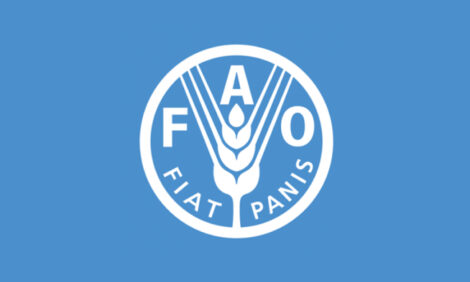



Reduce Hay Wastage By Considering Ring Feeder Changes
US – Average forage spending for cow-calf producers in the Great Plains and upper Midwest amounts to 40 – 60 per cent of overall farm costs, a problem that has been compounded by recent drought.This is the remit of hay wastage studies by Austin Sexten, a research and extension agent at Kansas State University. By analysing the properties of different ring feeder designs, Mr Sexten hopes to pass the savings onto farmers.
Back in 1993 researchers at K-State compared efficiency in using bunks and unwrapping bales on the ground.
The results were clear. Using bunks, although expensive to initially install, wasted 8 per cent of hay compared with bale unwrapping on the floor which saw almost one quarter wasted.
Subsequently Mr Sexten’s research took the idea a step further and undertook an appraisal of the four most common hay bale feeders in use in Kansas today.
The ring feeders examined were;

• 1 Polyethylene pipe feeder – A durable feeder without separate stanchions (no sheeting)
Photography Courtesy of Kansas State University

• 2 Open top and bottom – No stanchions or sheeting
Photography Courtesy of Kansas State University

• 3 Modified cone – A modern design that bevels out at the top and in at the bottom with stanchions allowing cattle access as the bale feeds down
Photography Courtesy of Kansas State University

• 4 Sheeted bottom feeder – ‘The gold standard’ 16 individual stanchions and a 22 inch sheeted bottom
Photography Courtesy of Kansas State University
Conclusions
Mr Sexten concluded that the modern ‘modified cone’ was by far the most efficient way of feeding hay, noting 5.3 per cent wastage with feeder 4 a close second at 12.6 per cent.
Ring feeders 1 and 2 offered little hay conservation and finished up with comparable scores around 20.5 per cent.
Mr Sexten has advised that cutting costs on forage is possible through thinking about feeders and their attributes.
Although feeders with more stanchions and sheeting are heavier to manage around the farm, Mr Sexten has assured they are they are a worthwhile investment.
Costs of sheeted and modified feeders can put farmers off as they are 2-3 times more expensive but Mr Sexten reassures that they will more than pay for themselves in the long run.
TheCattleSite News Desk


